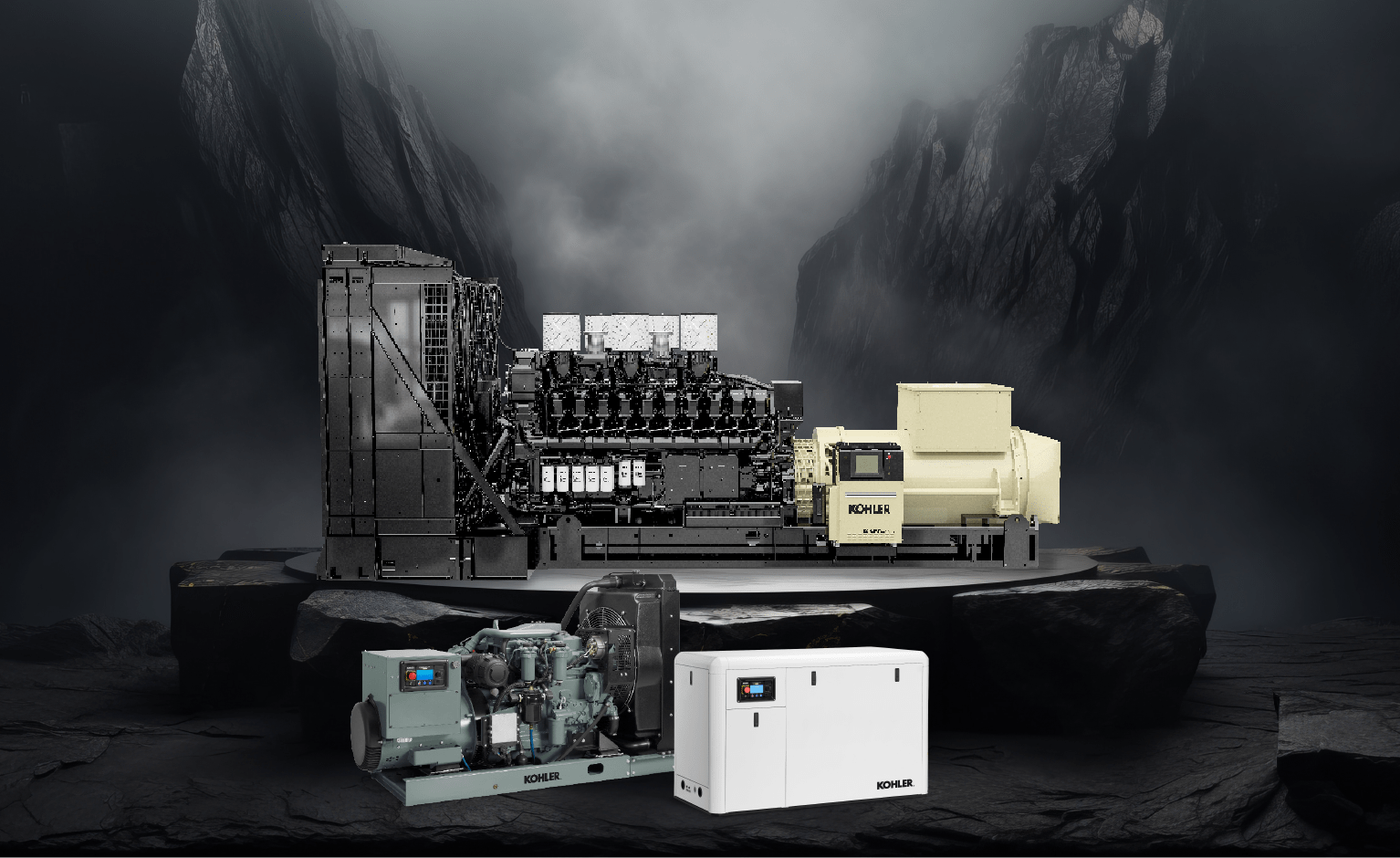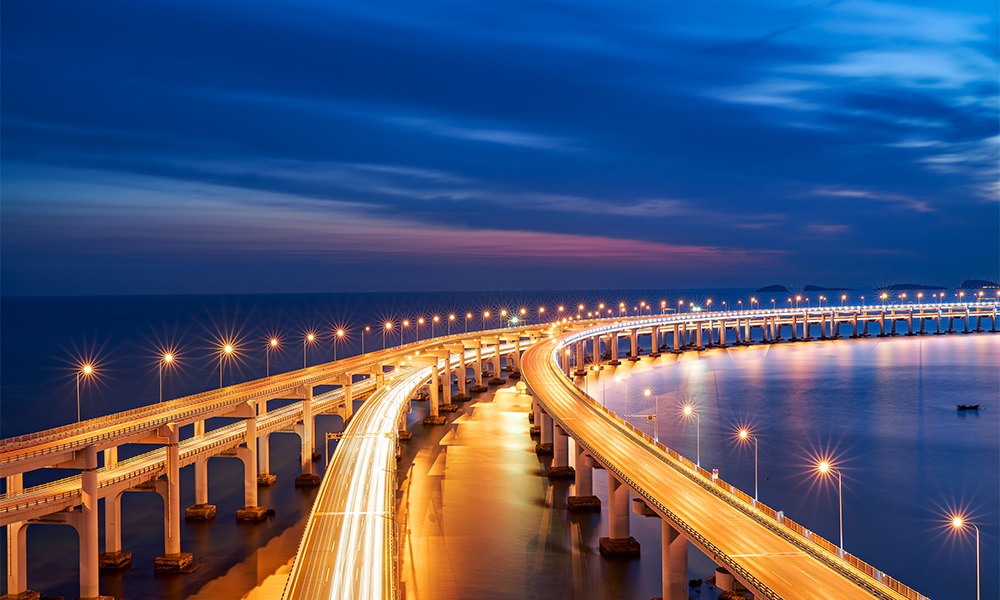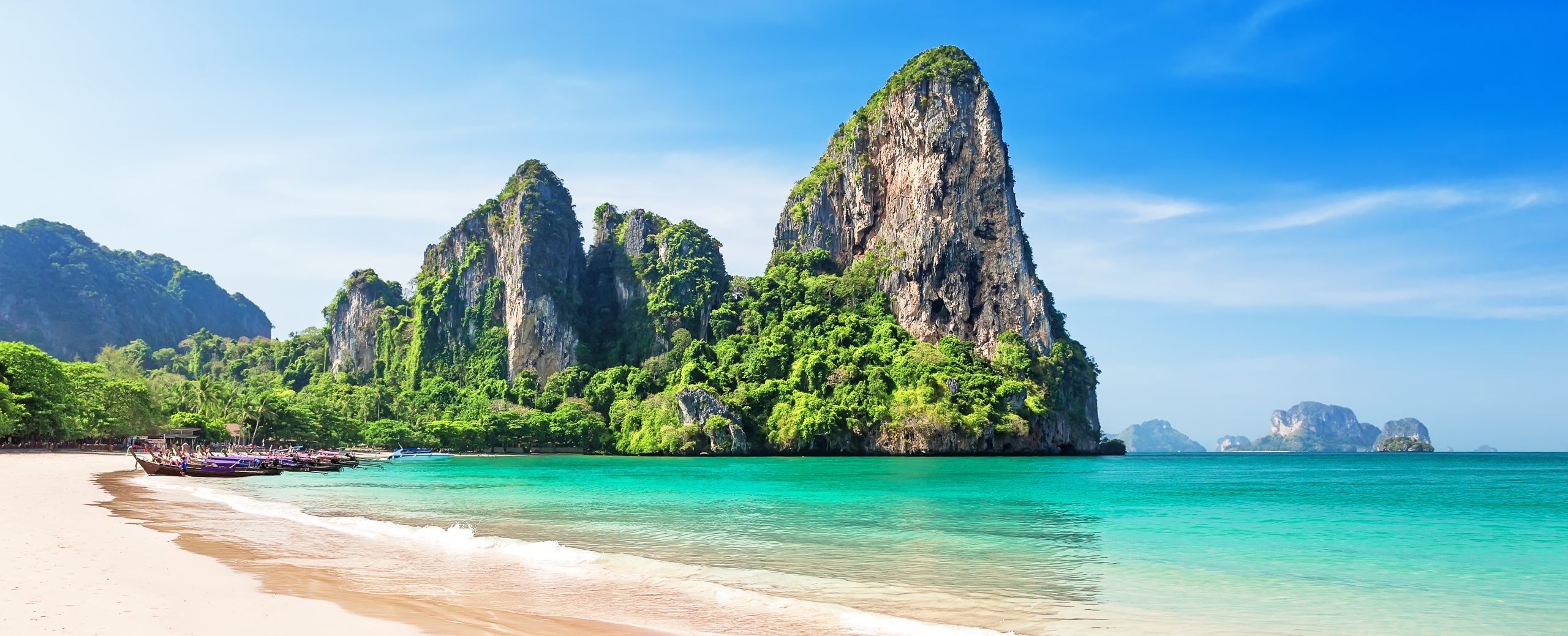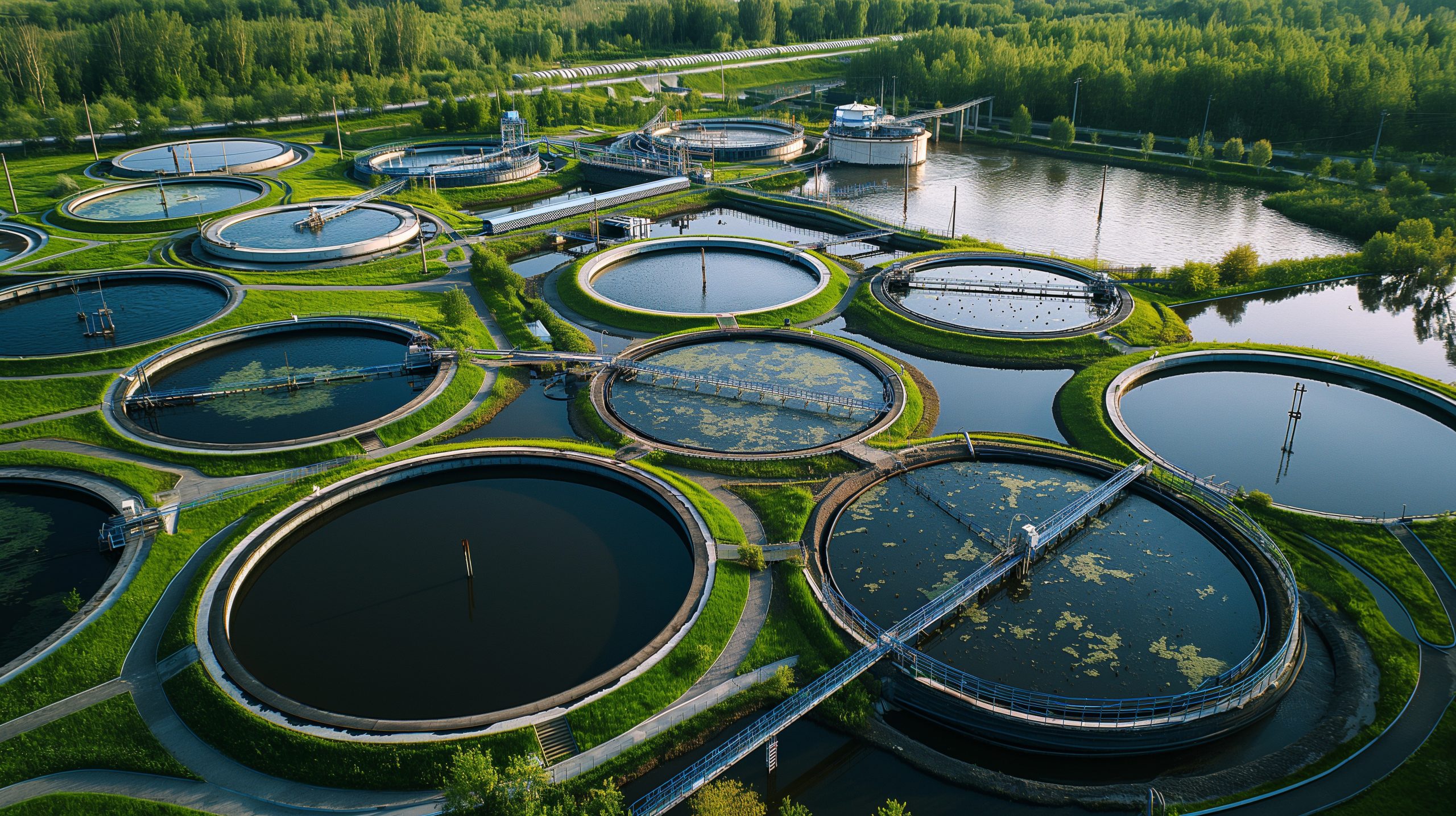On the surface, marine and industrial generators appear to serve the same function – generating electrical power. They even operate on the same principle of converting fuel into energy. Despite these similarities, both are designed with specific requirements in mind to serve different environments and usages.
As the name implies, marine generators are built for the corrosive and demanding conditions of seawater environments, supplying electrical energy to power various applications and equipment onboard a boat or ship, such as the navigation system and air conditioner.
Meanwhile, industrial generators are more versatile, adapting to a wider array of settings, including data centres and manufacturing facilities. They generally serve as emergency backup power during microgrid failures or power outages.
However, their differences do not end here. Let us further break down the distinctions between both generators so that you can gain a better understanding of their tailored features, enabling you to make an informed decision on which equipment better suits your business needs.
Difference #1: Different Operating Environments
The technical specifications of a marine and industrial generator can differ significantly due to their application. As marine generators must operate in corrosive and harsh seawater environments, they must be treated to safeguard against saltwater and moisture to prevent the steel and cast iron components within from wearing away quickly.
Conversely, industrial generators need not feature a special treatment against corrosion. Generally, they are equipped to handle dust, dirt, and extreme temperatures, which are commonly found in the environments they operate in, such as data centres, manufacturing plants, commercial buildings, hospitals, government facilities, and even mining operations. However, some customisation might be needed if they are installed in harsh or hazardous environments.
Difference #2: Type Of Cooling Systems
Due to the availability of a constant water source, marine generators typically rely on an open-loop cooling system, drawing water directly from the ocean via a pump to cool the engine before discharging it back into the sea.
As industrial generators do not share this immediate access to a water source, they often use a closed-loop cooling system, with a mounted or remote radiator installed to dissipate the heat. A coolant is circulated through the radiator or heat exchanger, removing heat from the engine before releasing it into the atmosphere.
Difference #3: The Start System
The starter plays a pivotal role in marine generators. Due to the isolated nature of maritime journeys, the starter must be able to reliably initiate the engine’s operation, ensuring the ship receives sufficient power even in remote locations. That is why marine generators usually feature an air start system, as its robust design can provide higher cranking power for extended periods. Moreover, air starters are not affected by temperatures and can offer full cranking power on demand in sub-zero or high-heat environments.
To further enhance durability, the starter is coated in epoxy, which is rust-preventive, to withstand the corrosive effects of saltwater and the harsh maritime environment. It is also sealed at specific points to keep water out, and the casings are spot-welded for added strength to prevent them from breaking.
Meanwhile, the starters found in industrial generators must be capable of handling the demands of frequent starts and stops to provide consistent performance over extended periods of operation. That is because industrial generators often serve as backup power during an outage. As a result, the equipment might only operate for a few hours before it is turned off once power to the grid is restored. Battery starters are ideal in this scenario, as they are specifically engineered to handle the demands of frequent engine start-stop cycles, thus ensuring the system’s effectiveness.
Difference #4: Fuel
The fuel you use is essential in powering your generators and ensuring they operate efficiently. However, marine and industrial generators are powered by different fuel sources, which are each priced differently.
For instance, marine generators rely predominately on diesel fuel as they operate in enclosed engine rooms. Diesel is safer compared to petrol and is more readily available. Environmentally friendly alternatives, like Hydrogenated Vegetable Oil (HVO), which can be easily stored on boats and ships, can also be used to power marine generators.
In contrast, industrial generators exhibit greater fuel flexibility since they are land-based. As such, they have greater access to various sources depending on the location and can be powered by different fuels, including diesel and HVO, as well as natural gas, petrol, and hydrogen, depending on their application.
Difference #5: Certifications
Like other equipment that produces greenhouse gases, marine and industrial generators are subject to stringent emissions and accreditations to preserve the environment. For the former, manufacturers must ensure the emission does not harm marine life and ecosystems as the various boats and ships travel in different territorial waters. As for the latter, they are subjected to different regulations depending on local authorities.
Marine generator manufacturers must adhere to strict nitrogen oxide (NOx) emission criteria, ensuring the equipment does not exceed the limits set by the International Maritime Organisation (IMO). This practice has been in effect since 2011, and marine generators that meet this guideline will be awarded the IMO Tier II certification.
However, if the marine generator is operating in specific NOx Emission Control Areas, such as North America and the US Caribbean, manufacturers face more stringent measures, as their equipment will be subjected to IMO Tier III standards. This guideline stipulates that NOx emissions must be reduced by approximately 70% more than the Tier II limits and require dedicated NOx emission control technologies.
In addition, all marine generators after 2000 are built with lower emissions in mind to comply with the Engine International Air Pollution Prevention (EIAPP) Tier II standards. A valid EIAPP certificate must accompany the generator’s engine, demonstrating that it has been surveyed for pre-certification according to the requirements set out by the International Convention on the Prevention of Pollution from Ships or MARPOL 73/78.
Meanwhile, manufacturers must comply with the guidelines laid out by the Environmental Protection Agency (EPA) regarding the technologies and designs of their industrial generators, with a rating system by tiers – Tier I, Tier II, Tier III, and Tier IV. Each tier involves a phase-in period over a number of years and is in accordance with the engine’s horsepower rating.
Tier 1
Even though Tier 1 standards were published in 1991, it was only implemented for diesel engines and generators in 1996 with the intention that they must remain compliant by 2005. Initially, Tier 1 focused on diesel equipment under 37kW, with a phase-in period from 1996 to 2000.
Tier 2
Tier 2 enforces stricter regulations of nitrogen oxides (NOx), hydrocarbons (HC), and diesel particulate matter (DPM) and was phased in from 2000 to 2005. It also defined restrictions for the amount of sulfur in gasoline and diesel fuel.
Tier 3
Tier 3 restricts exhaust emissions for engines ranging from 50 to 750 horsepower (hp). It was phased in from 2006 to 2008, with a requirement that all new diesel generators must be in compliance beginning in 2007.
Tier 4
Tier 4, which was phased in from 2008 to 2015, is the strictest regulation standard, and all new prime power and portable diesel generators must comply with this tier requirement. It dictates a 90% reduction of DPM and NOx emissions by incorporating the latest technologies to achieve the goal of near-zero emission levels.
However, it is vital to note that the emission standards for emergency generators differ from their non-emergency counterparts. Only prime generators must adhere to Tier 4 standards. Standby generators are only subject to Tiers 2 and 3. As such, equipment that only serves as backup need not be updated if it is already in compliance with Tier 2 or 3 standards.
Emergency industrial generators must also adhere to National Fire Protection Association (NFPA) 110, the Standard for Emergency and Standby Power Systems, which addresses performance requirements for emergency and backup power systems. As standby equipment is essential in various fire and life safety systems, manufacturers must ensure their generators provide an alternate energy supply in buildings should the primary electrical power source fail.
Both marine and industrial generators have an extensive array of uses, with each equipment’s designs and functionalities reflecting the specific demands of their respective environments. Understanding the disparities between the two is crucial in helping you select the most appropriate solution to meet your power needs effectively.
At Rehlko, we provide a wide range of generators to meet different applications, from industrial needs to maritime demands. Visit our website to learn more about our reliable backup power solutions today.



